
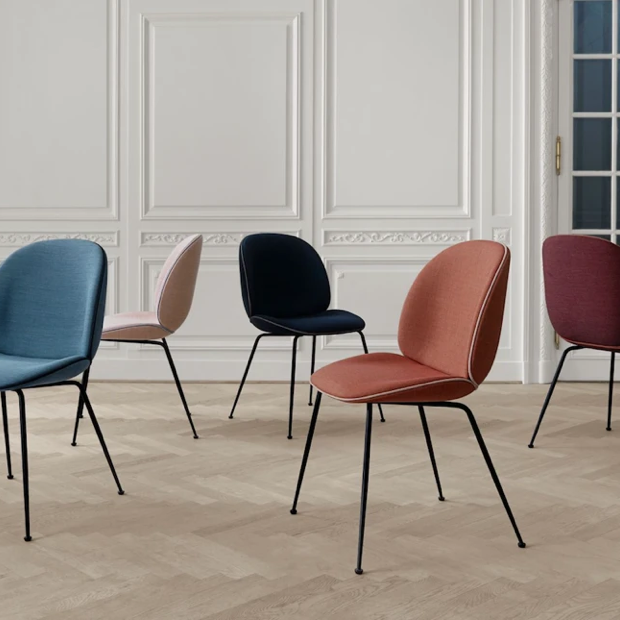

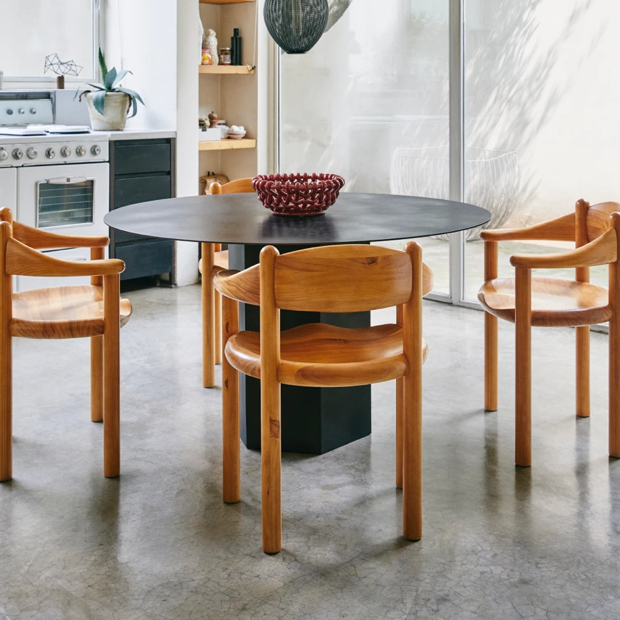
Gubi, founded by Lisbeth and Olsen Gubi in 1967, is one of Scandinavia's leading contemporary design houses, with a strong Francophile dimension. Gubi is particularly well known in the world of design enthusiasts for a series of products that have become cult names, such as the Pacha armchair by French designer Pierre Paulin (1975), the Beetle chair by design duo GamFratesi (2013), the Bestlite lamp collection by Robert Dudley Best (1930), the Multi-lite lamp collection by Louis Weisdorf (1972) and the C-Chair, B-Table and S-Table collection by Marcel Gascoin (1947).
This publishing and re-publishing activity continues at a controlled and sustained pace, making Gubi - now run by Jacob, son of Lisbeth and Olsen - one of the most interesting and daring design publishers of furniture, lighting and decorative objects signed by the great names in Scandinavian, French and international design.
Scandinavia Design is one of the world's leading specialists in Scandinavian design, renowned for its in-depth knowledge of the products, brands and designers that have shaped and continue to shape the history of Scandinavian design.
Scandinavia Design is the ideal place to discover Gubi, thanks to its comprehensive website and its two showrooms - one in the countryside, near the banks of the Loire, in a splendid 15th-century priory, the other in a purely urban setting, in the heart of Angers, in a beautiful town house a stone's throw from the station.
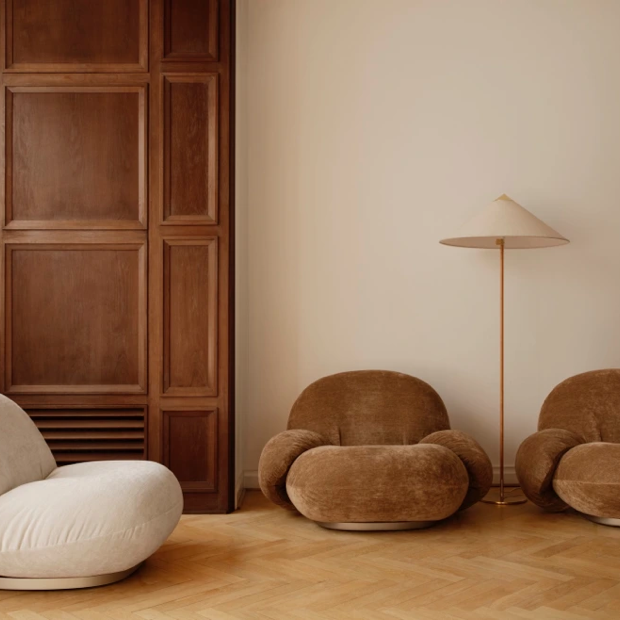
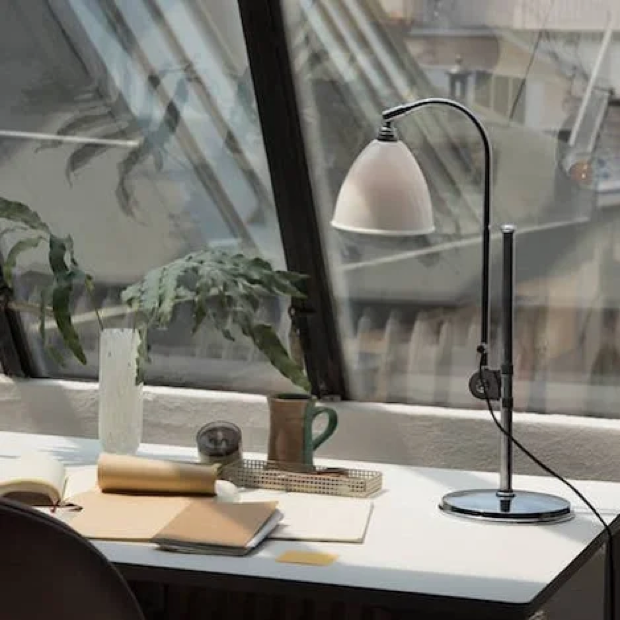
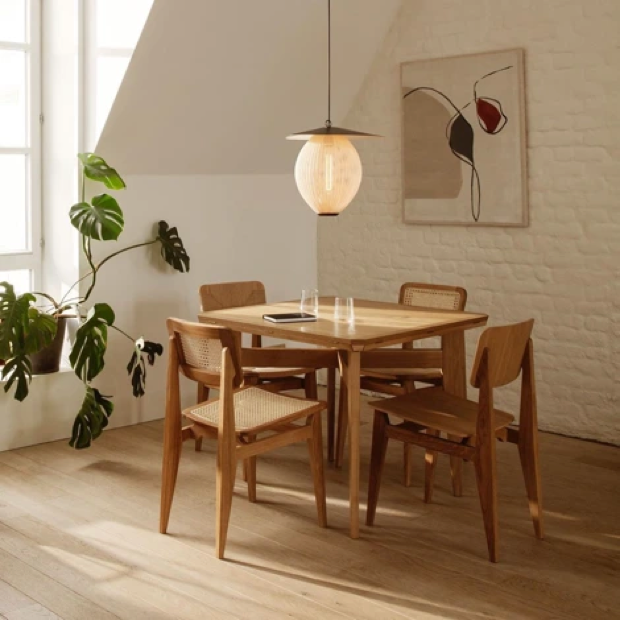
Price Guarantee
Offering design at the right price is an integral part of our work. If you find the same item at a lower price at another retailer, delivery included, we will not only match it, but even offer you a better price.
How to take advantage of it?
We compare our prices every day with all authorized retailers in Europe. If nevertheless you find cheaper, contact us for a counter-proposal.
We must be able to verify that the item is authentic, new, perfectly identical (size, materials, color, etc.)
and that it is not part of a campaign or temporary destocking.
The valid basis is, for example, a current quote or a direct link to another retailer's website where the lower price is indicated. An email image is invalid, the original email must be forwarded.
The offer does not apply to orders already placed and cannot be combined with any of our other offers or promotions.